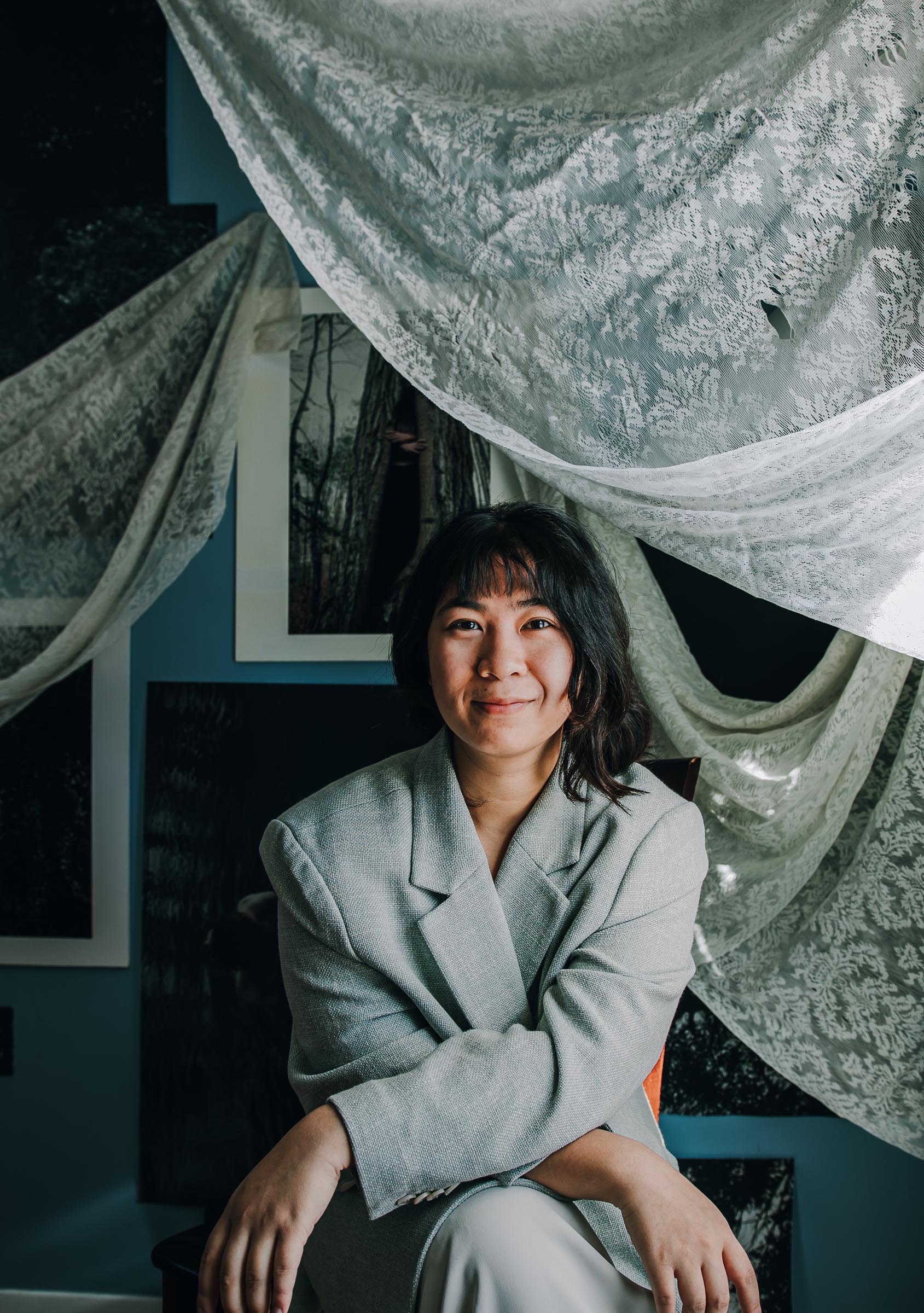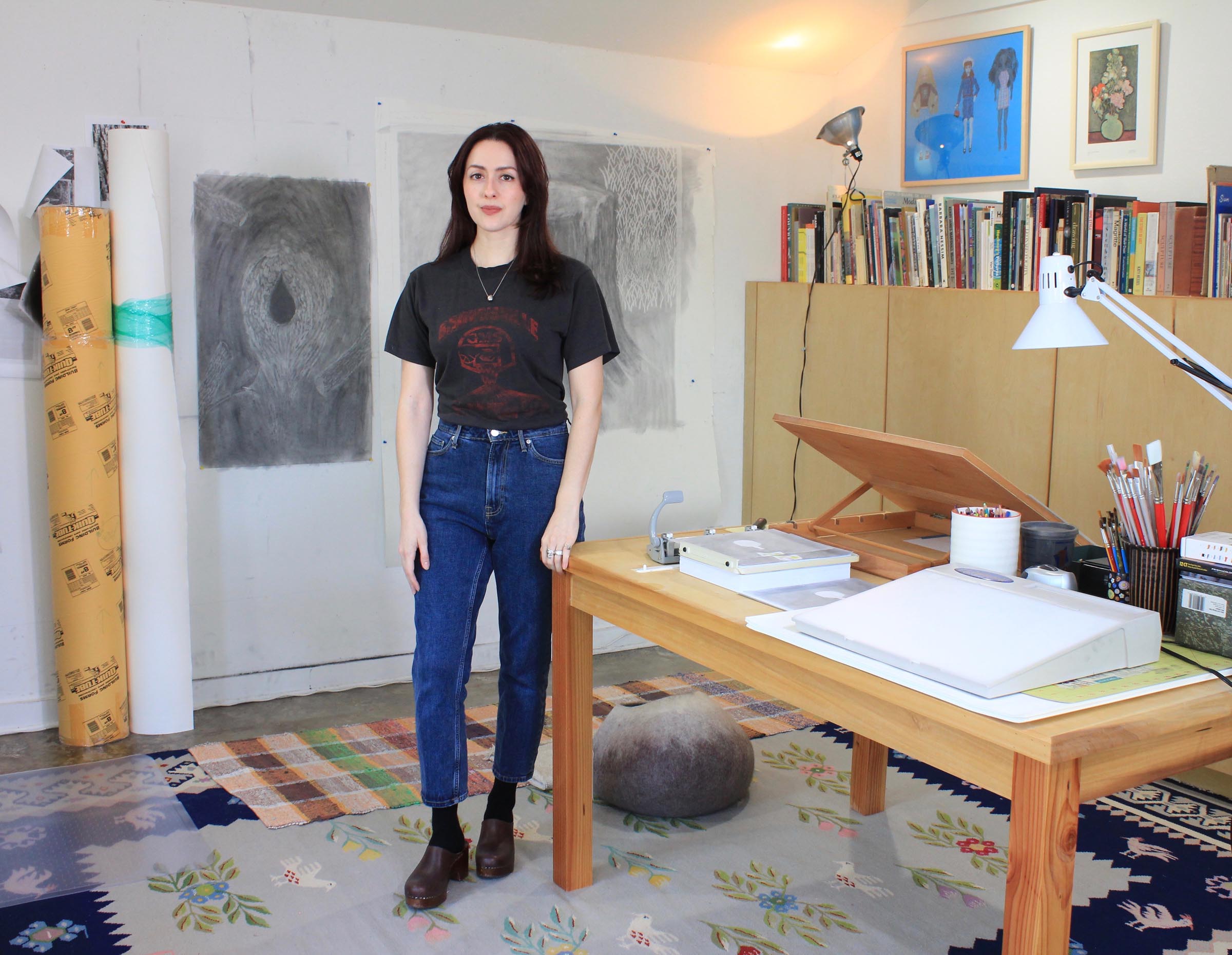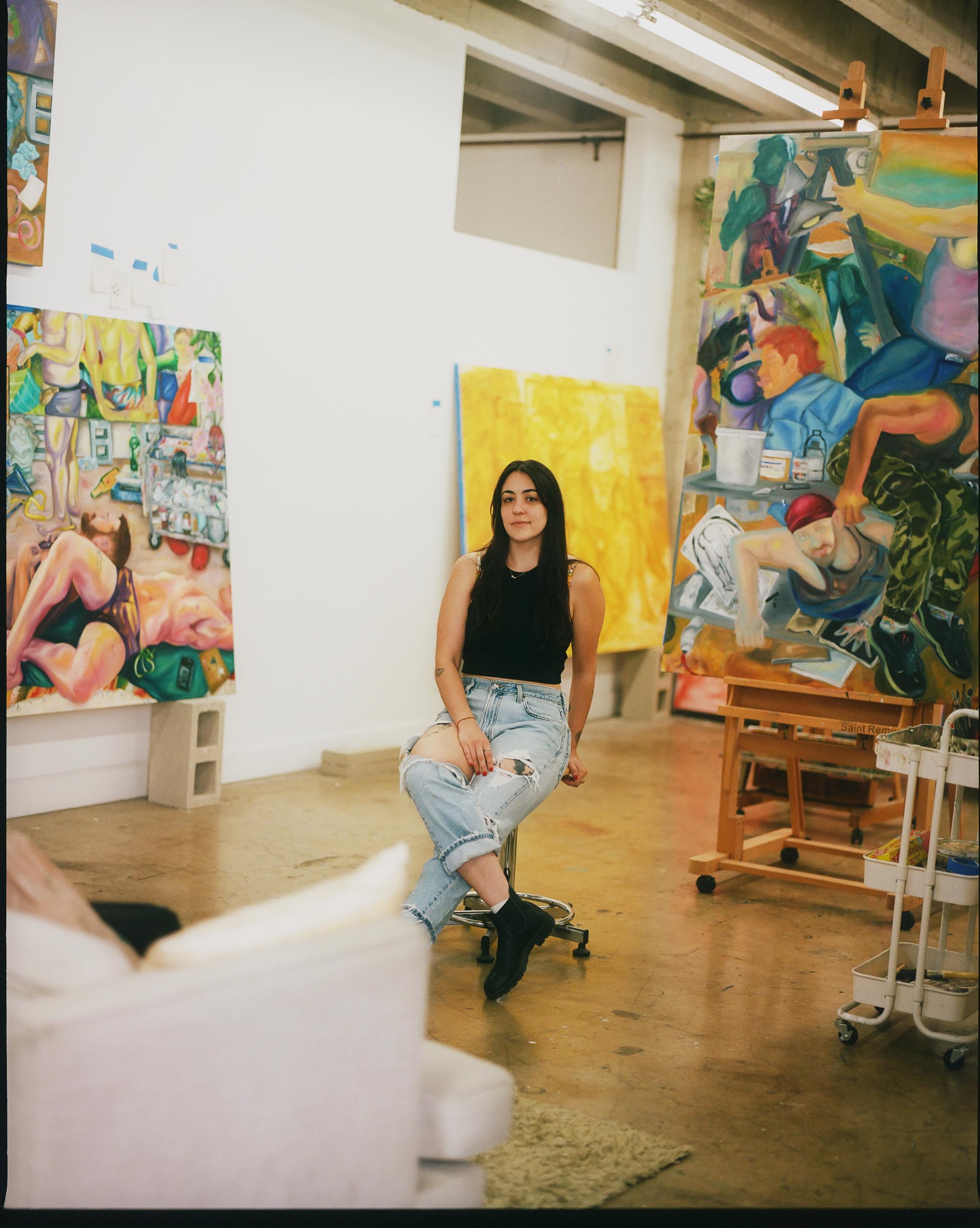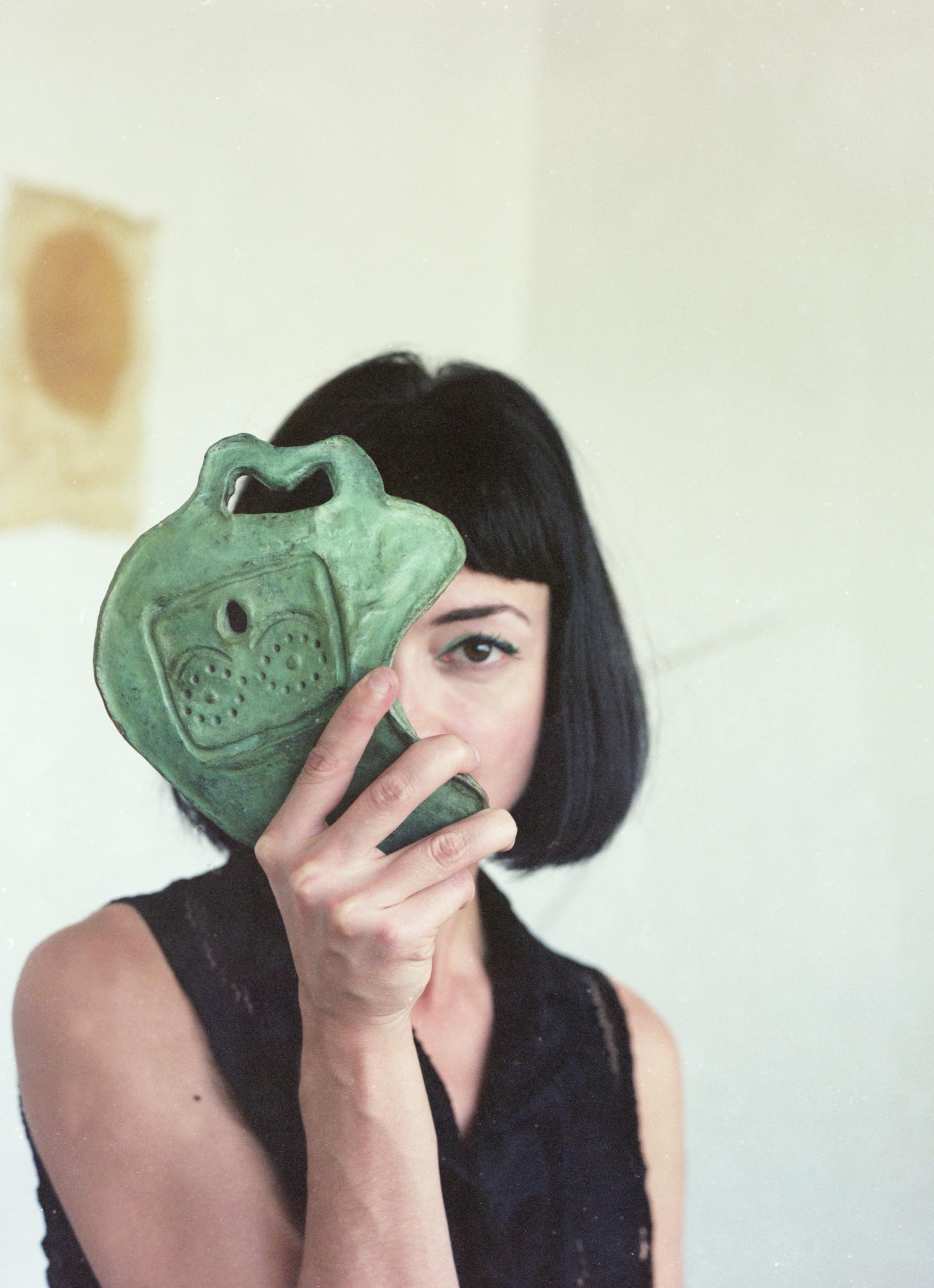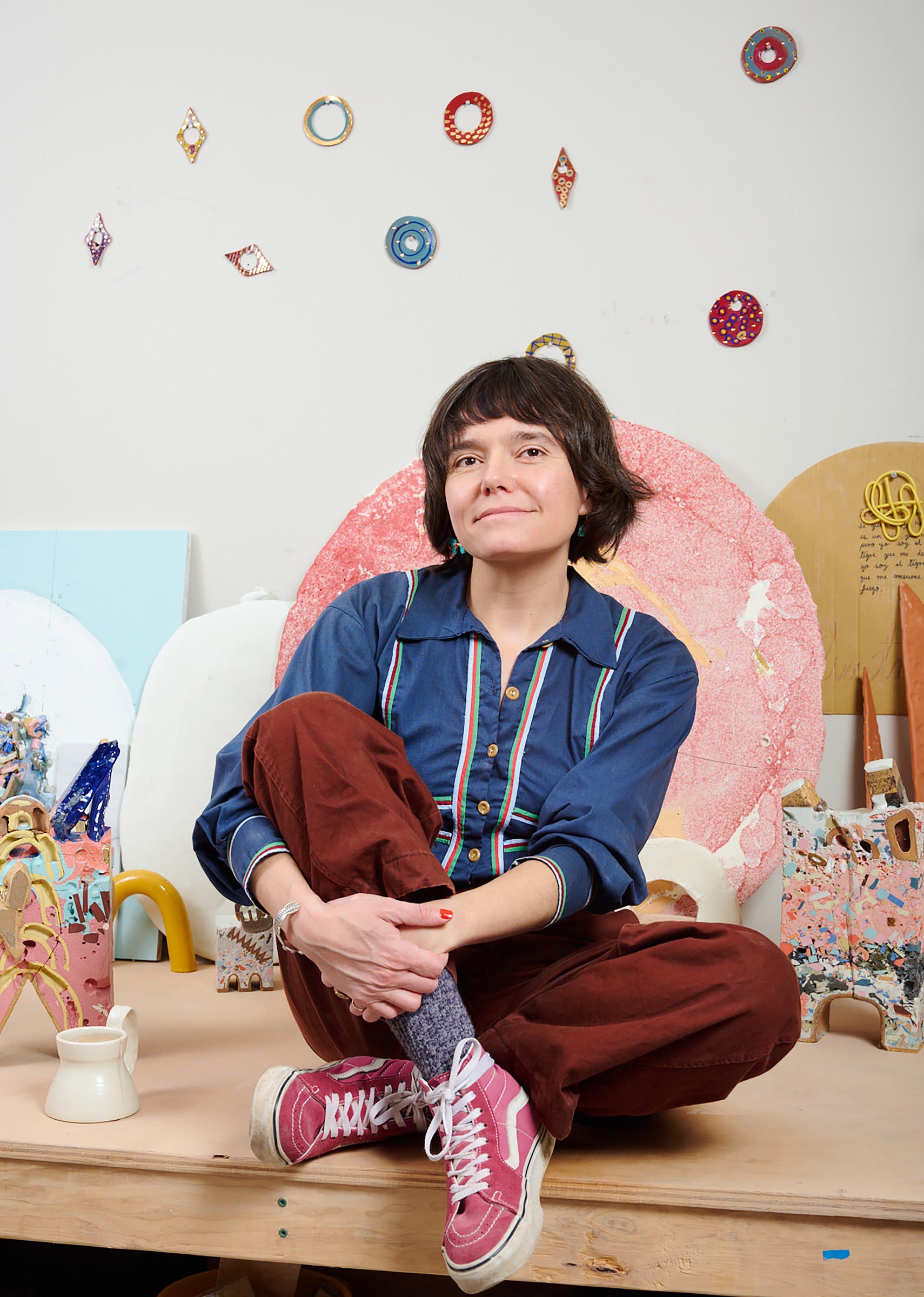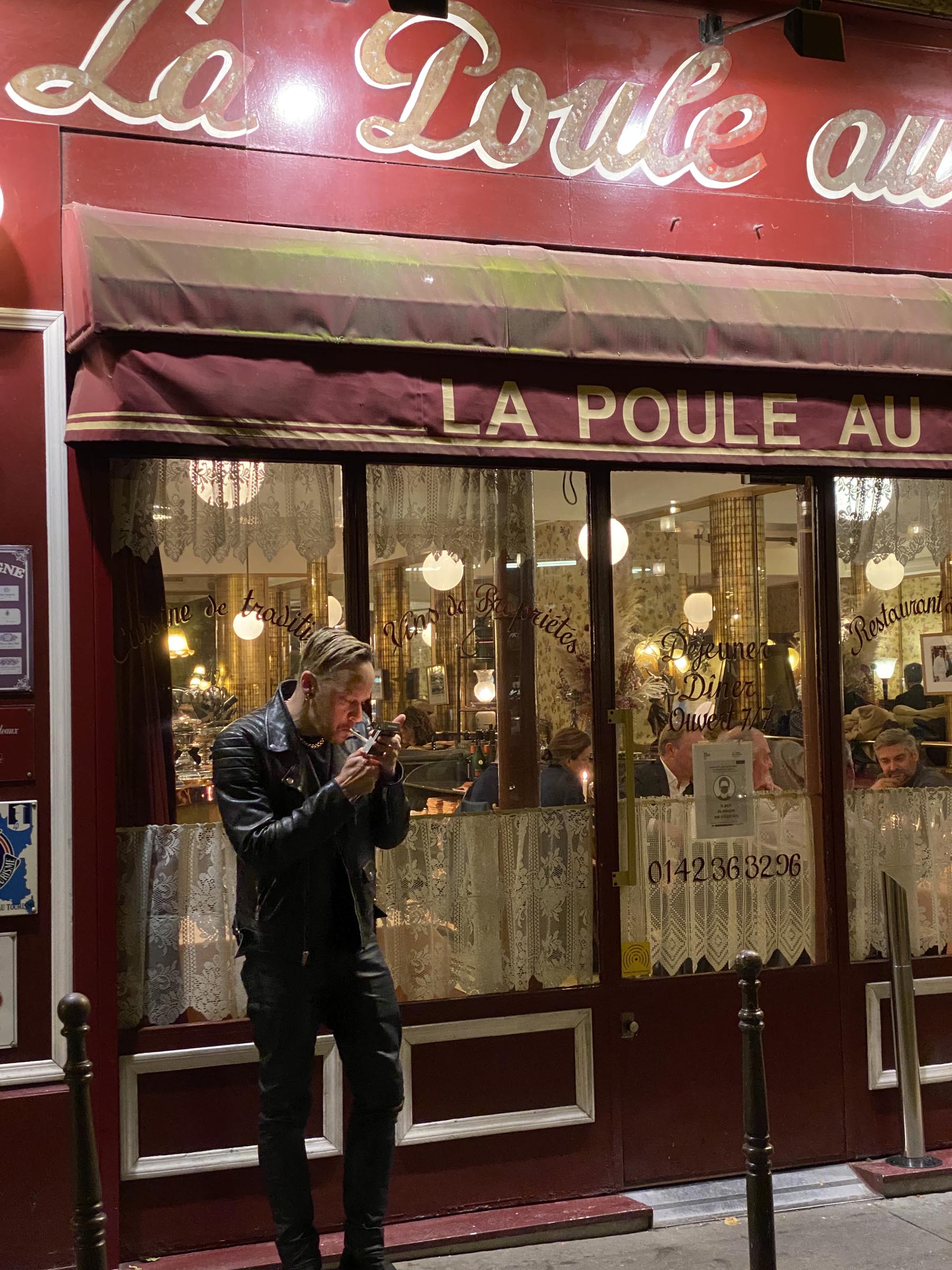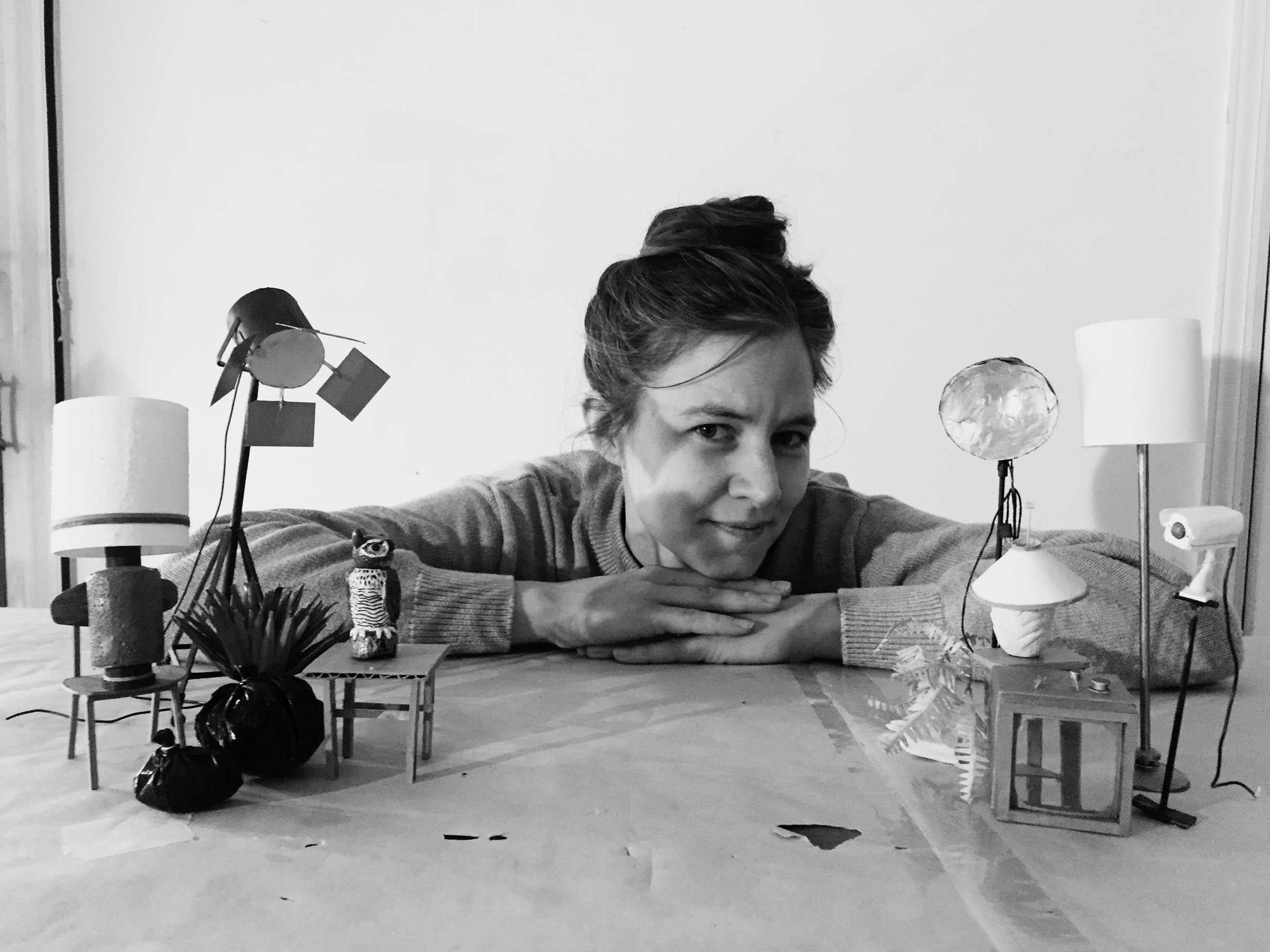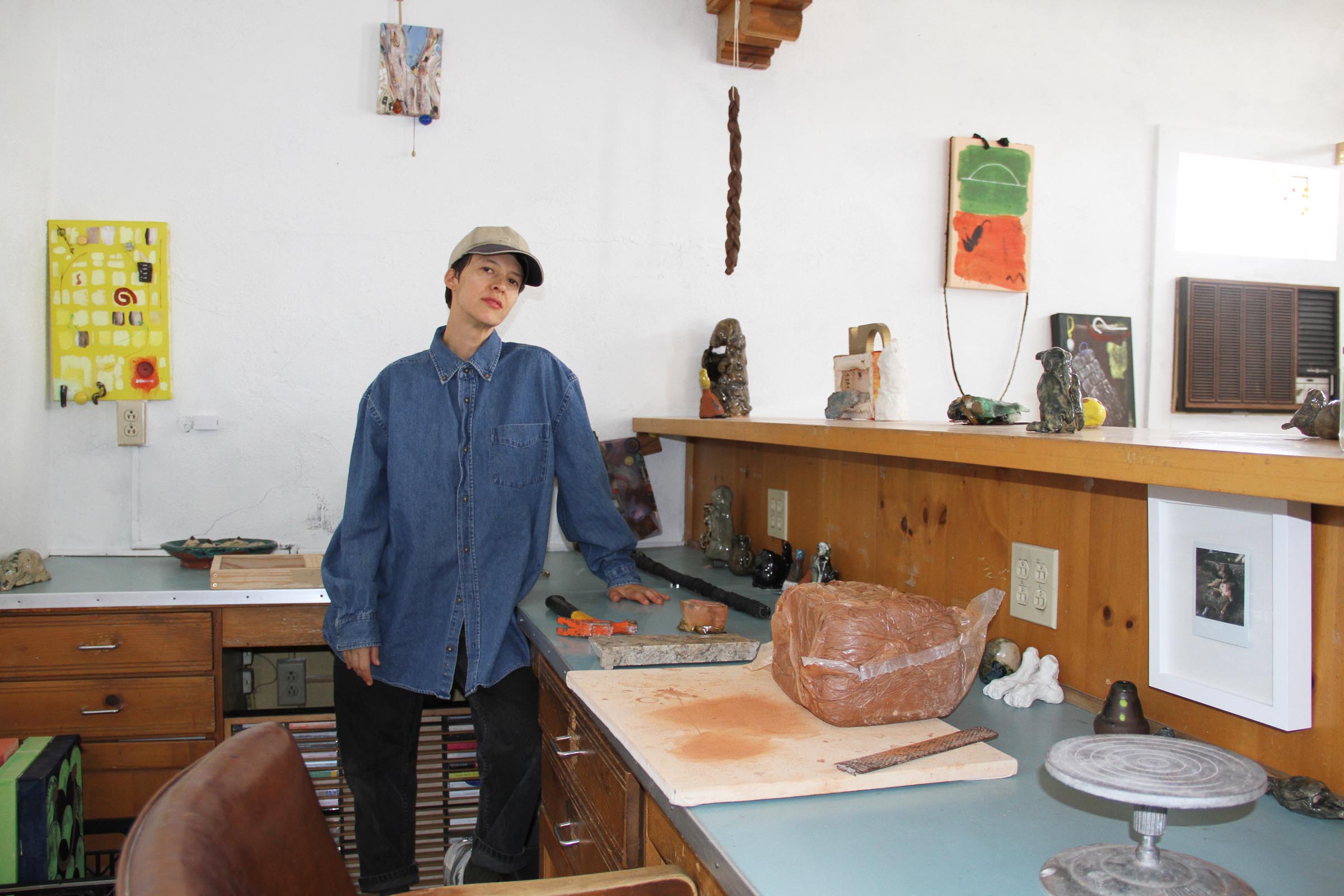How did you get into making art?
School was always a struggle for me and I often lost interest in the lessons, but I always loved art and design. I used to draw all the time, wanting to capture everything around me, even though my teachers didn’t like it. This love for drawing led me to discover photography, and I was amazed at how quickly I could turn what I saw into pictures.
After studying art and photography in Brussels, I moved to London and started working as a studio assistant. That job was a big step for me and it led to me managing a photography studio of my own. There, I started working on my own projects and soon got my first big job as a photographer.


What are you currently working on?
Currently, I am engaged with several exciting projects, each reflecting a unique facet of my artistic journey:
“Still I Rise: A Celebration of Black Women” – This series features unique portraits of pioneering intergenerational women, including Margaret Busby, Bernadine Evaristo, Baroness Valerie Amos, Reni Eddo-Lodge, Thandiwe Newton, among many others.
“Better In Tune” – A photographic music project celebrating pioneering Black musicians and their impact on contemporary sound. The project has generated excellent press and debate locally, nationally, and globally. It includes prominent artists such as Bill Withers, Martha Reeves, Public Enemy, The Roots, Anderson .Paak, Lauryn Hill, Erykah Badu, and Jorja Smith.
“Sensi” – An exploration of some of the taboos and fantasies associated with black male sexuality and masculinity in Western culture.
“Don’t Push Me Cause I’m Close To The Edge” – An exploration of the human condition and what motivates us. How we are connected to each other through life, death, and our emotional journeys. The images in this project express moments from my own personal experience of the universal story we all seem to be telling together.
“The Hawthorne Effect” – This project is a study of human behavior and how it changes under observation. Through my photography, I’m delving into the shifts in energy and expression when one knows they are being photographed.
Each of these projects is a work in progress, evolving with each shoot and insight I gain along the way. “Sensi,” however, stands apart as a completed body of work that awaits its moment to be shared with the world. Together, these projects represent my current creative narrative, pushing the boundaries of my art form and challenging the viewer to engage with the images on multiple levels.

As a photographer, the inception of each project often stems from a deep-rooted inspiration that intertwines with my personal experiences, observations, and the socio-cultural environment I find myself in.
Alexis Chabala

What inspired you to get started on this body of work?
As a photographer, the inception of each project often stems from a deep-rooted inspiration that intertwines with my personal experiences, observations, and the socio-cultural environment I find myself in.
The inspiration for “Still I Rise: A Celebration of Black Women,” was significantly shaped by both the Me Too Movement and the Black Lives Matter movement, highlighting the resilience and spirit of Black women. Their stories of overcoming adversity and achieving success, often against significant odds, serve as a powerful testament to their strength. The project was my response to these pivotal moments in our contemporary social discourse, aiming to honour their legacy and showcase the diverse faces of Black female excellence, thereby contributing to the broader conversation on equality, empowerment, and resilience.
“Better In Tune” was born out of my love for music and its profound influence on culture and identity. I aimed to capture the essence of the artists who have shaped the soundtrack of our lives and to chronicle the impact of Black musicians on contemporary sound, acknowledging their contributions and sparking conversations about their legacies.
The “Sensi” project sought to challenge and explore the complex narratives around black male sexuality and masculinity, subjects often fraught with stereotypes and misconceptions. My aim was to confront these themes head-on, to provoke thought and dialogue, and to contribute to a more nuanced understanding of Black identity.
With “Don’t Push Me Cause I’m Close To The Edge,” I was compelled by the universal human experiences of struggle and connection. This project allowed me to channel my own personal journeys into a collective narrative, creating a space for empathy and reflection on the shared aspects of our lives.
Finally, “The Hawthorne Effect” emerged from a fascination with the alter ego that surfaces when we are aware of being observed. It’s an inquiry into authenticity versus performance, probing how the camera’s gaze can alter our natural state.
Each body of work represents a chapter of my continuous dialogue with the world, driven by a desire to communicate, to question, and to understand the human condition through the lens of my camera.

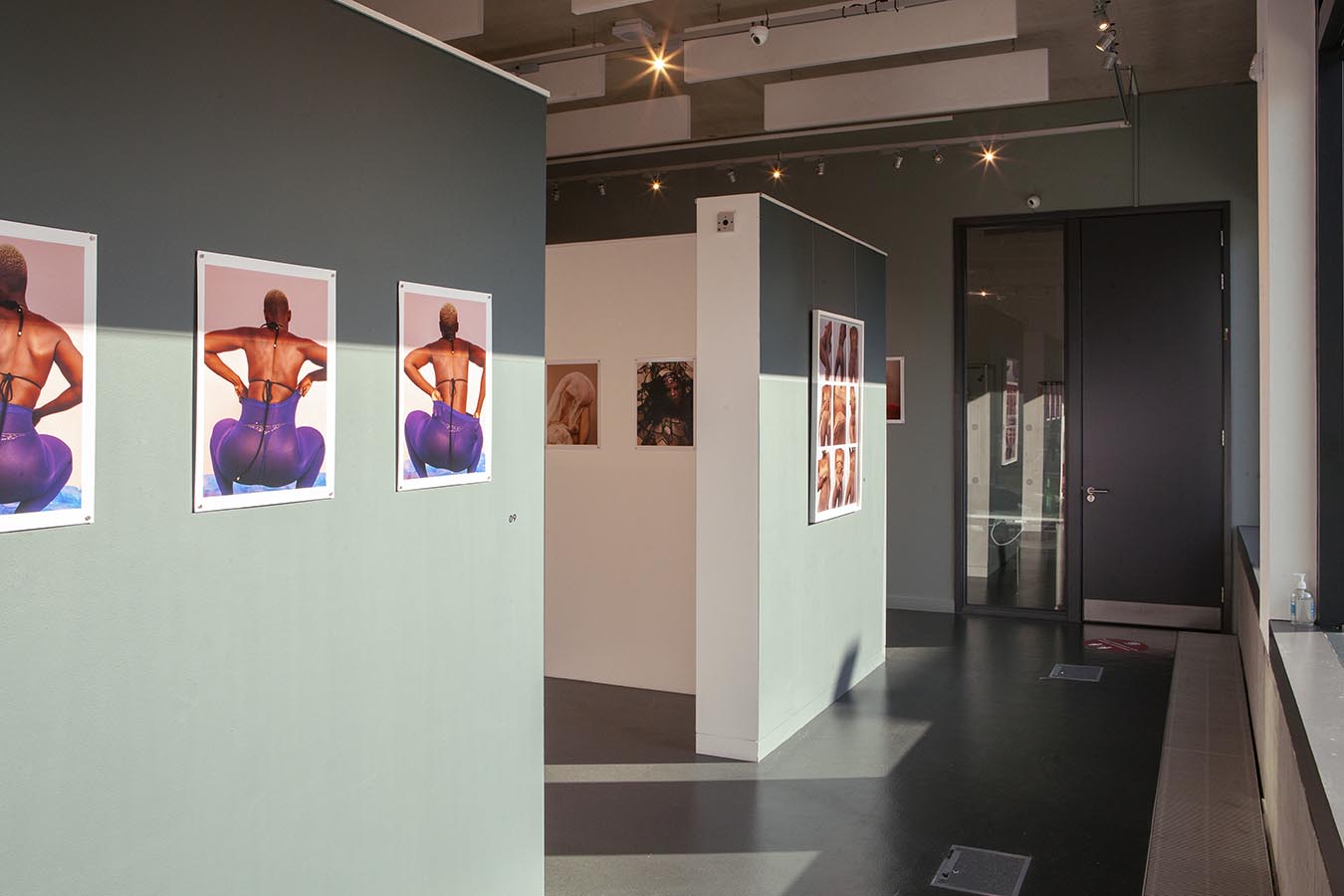
Do you work on distinct projects or do you take a broader approach to your practice?
In my practice, I navigate between both distinct projects and a broader, thematic approach, allowing each body of work to inform and enrich the other. Each project, such as “Still I Rise: A Celebration of Black Women,” “Better In Tune,” and “The Hawthorne Effect,” is conceived with a specific vision and objective, exploring unique narratives and themes. These projects are deeply rooted in my personal interests, societal observations, and the desire to engage with current discourses, like the Me Too and Black Lives Matter movements, through the medium of photography.
Simultaneously, I maintain a broader approach to my practice, ensuring a cohesive exploration of themes such as identity, resilience, and the human condition across all my work. This duality allows me to delve deeply into specific subjects while also reflecting on how these individual stories intersect with larger societal themes.
By balancing focused projects with a wider thematic lens, I aim to create a rich tapestry of work that is both varied and interconnected, offering multiple entry points for viewers to engage with and reflect upon the world around us through my photography.

What’s a typical day like in your studio?
On shooting days, the focus intensively shifts towards bringing photography sessions to life both creatively and logistically.
Morning starts early with a thorough review of the day’s shooting plan to ensure all equipment and the space are ready. Aligning with my team early ensures we’re all aiming for the same objectives.
Throughout the day, the shoot takes center stage. I’m deeply involved in working with the subjects, capturing the right images, and keeping the energy up. After the session ends, we meticulously pack up the equipment, preparing for the next shoot.
In the evening, I take an initial look at the photos to verify we’ve achieved our goals. If there’s no immediate deadline, I prefer to revisit them later with fresh eyes for a detailed review.
On the days I’m not shooting, which are more frequent since I shoot about once a week, my activities pivot towards managing my art practice and the studio rental business.
Non-Shooting Days involve a significant amount of administrative work, like responding to emails, scheduling studio bookings, and managing finances. Ensuring smooth communication with clients is crucial for seamless studio operations.
I also dedicate time to the studio rental’s business aspects, focusing on marketing, enhancing our online presence, and planning space improvements.
Simultaneously, I carve out time for my art practice, which includes editing photos from previous shoots and planning future projects. This allows for creative exploration alongside my administrative and business responsibilities.
Networking is another key component of my routine, as connecting with other artists and professionals is essential. This blend of activities ensures the flourishing of both my artistic endeavors and the studio rental business, allowing me to thrive across different roles.


Who are your favorite artists?
I have so many favorite artists, each bringing something unique and inspiring to the table. My tastes span a wide range of genres and styles, reflecting the diversity of my own interests and influences in photography and art. From the pioneering photographers who have pushed the boundaries of the medium to contemporary visual artists who blend traditional techniques with modern themes, my list of favorites is ever-evolving. To name a few, Gordon Parks, Richard Avedon, Malik Sidibe, Samuel Fosso, Bill Henson, and Storaro have deeply influenced my photographic style. In the broader realm of art, the work of Francis Bacon, Basquiat, Egon Schiele, and of course, Zanele Muholi, Gillian Wearing and Cindy Sherman, have left an indelible mark on my approach to visual storytelling. Edward Hopper’s use of light and shadow, in particular, resonates with my aesthetic sensibilities.
Additionally, the fashion photographers of the ’90s have a special place in my pantheon of inspirations. Their innovative approach to fashion photography, blending bold aesthetics with a sense of narrative and emotion, has significantly shaped my understanding of visual composition and storytelling.
I also draw a great deal of inspiration from cinematographers, music videos, and movies. The dynamic storytelling and visual techniques employed in film and music videos offer a rich source of creativity and innovation that I find incredibly stimulating. This cross-pollination of influences enriches my work, encouraging me to explore new techniques and perspectives in my own practice.

Where do you go to discover new artists?
Instagram, Exhibitions and book shops
Learn more about the artist by visiting the following links:























